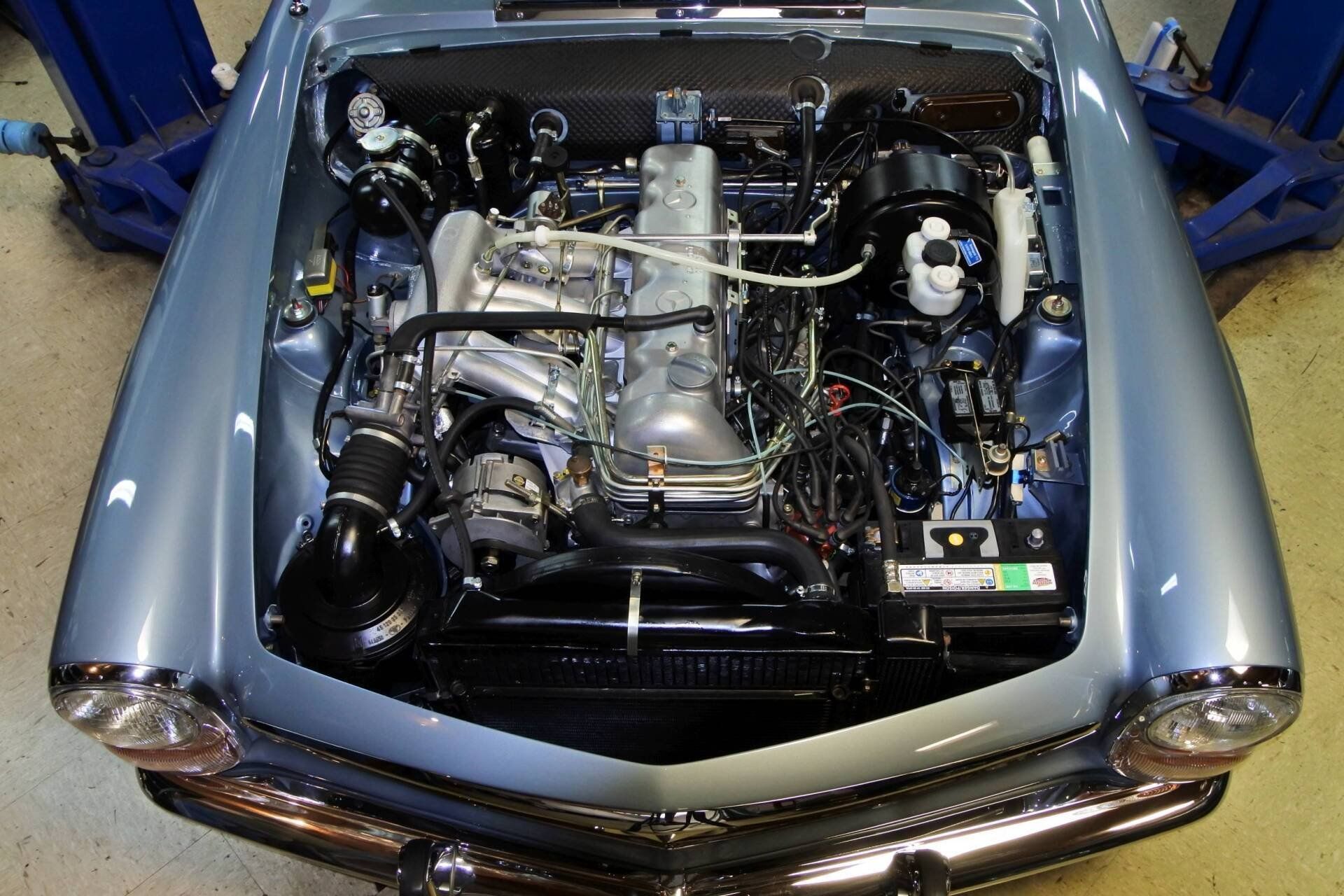Mercedes SL Buyers Guide
Mercedes SL Buyers Guide

Slide title
Write your caption hereButton
Buyers Guide
Buyers Guide
This begins a series where I’ll explore some correctness and originality issues of the Pagoda or W113 cars. Let me state first that I’m not saying we should all only drive perfect specimens. There are some very good cars that while less than perfect may suit ones needs. It is just helpful to know the difference between various levels of authenticity.
Disclaimer: If you are considering the purchase of a car, there is no substitute for a direct pre-purchase inspection by a competent professional. The information contained here is for informational purposes only and will only touch on the subjects.
Originality is king when it comes to vintage cars. Not only does finding a 40ish year old car that has not been altered by numerous past owners add your enjoyment of the car; the more original features that you can substantiate the better when it comes time to sell your treasure.
Seasoned car collectors/investors have learned that a solid, sound, original body is the most important aspect of a vintage car. Mechanical rebuilds are straight forward and not costly compared to trying to correct a previously crashed or rusted car. One cannot throw enough money at a car with a bad body to make it right(or equal to a car with a great original structure). So with that in mind we’ll start with how to tell how original the front body structure is. The factory made our job quite easy actually.
Most of the body was assembled by spot welding various panels together. Since most body shops used a different welding process to replace panels, one has only to look at the type of welds. The most prominent factory spot welds are just inside the engine bay along the tops of the front fenders. If these welds are not visible we know something happened after the car left the factory. Maybe a fender was heavily worked and body filler is covering the welds or possibly a fender was replaced. Due to the cost of labor to straighten a fender it was typically less costly just to replace a whole fender. In doing this the body shop most likely used a plug weld or simply mig welded the bottom of the two panels together(I’ve even seen them pop riveted!). The appearance will be very different than the factory spot welds.
The first three images above show factory original spot welds.




